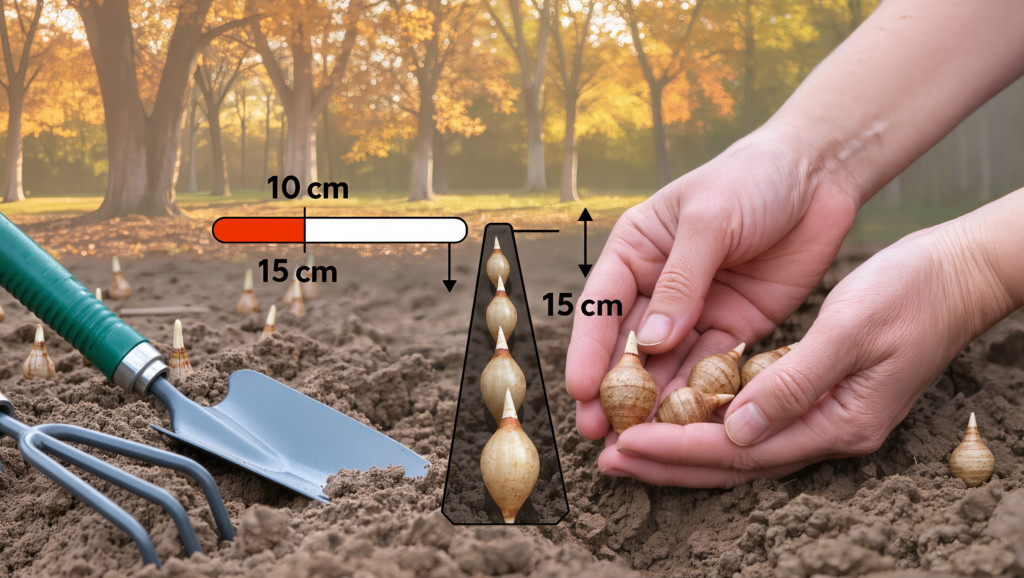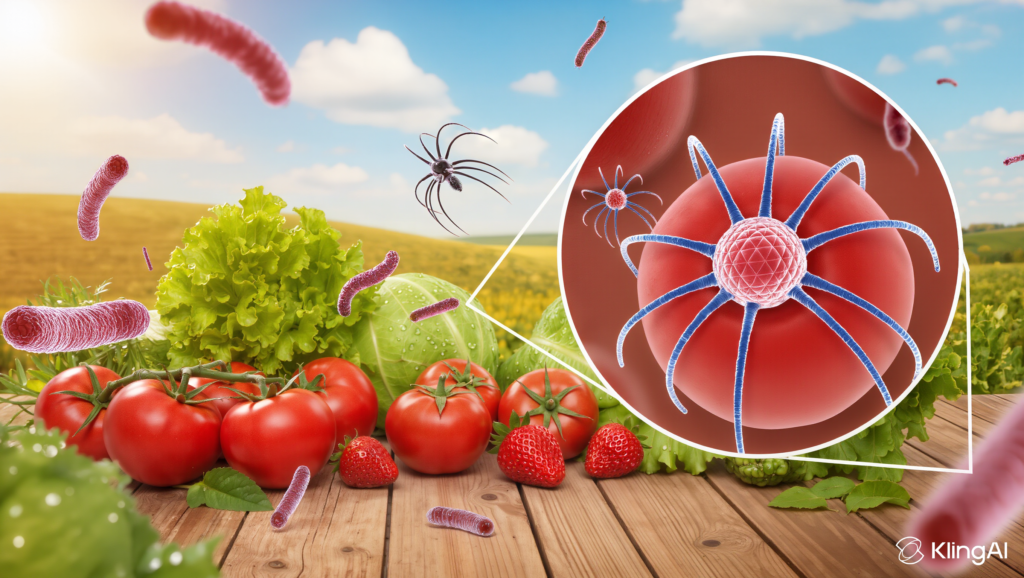If someone told you swallowing clay was once a respected remedy for stomach woes—from indigestion to food poisoning to parasites—you might picture an old medieval superstition. But the truth is far more intriguing: throughout human history and across cultures, eating clay (a practice called geophagy) was a common, sometimes essential ritual. Now, modern science is circling back, as studies reveal why the medieval habit of eating “dirt” could hold surprising benefits for our microbiome, metabolism, and even immunity—while still requiring careful attention to safety and purity.
Let’s dust off the history, dive into the fascinating science, and uncover what eating clay can really do for our gut health.
The Ancient and Global Origins of Geophagy
While eating earth seems odd in the modern West, it has deep roots on every continent. Archaeologists have identified clay tablets from Mesopotamia and ancient Egypt mentioning “medicinal earths” for digestive troubles. In Greece, the famous Lemnian Earth was prescribed by Hippocrates for poisoning and stomach disorders; in Rome, Aristotle wrote about human and animal geophagy. In medieval Europe, clay pills were common in apothecaries—taken for stomach cramps, plague prevention, and as an antidote to toxins.
Geophagy continues in modern rural Africa, Asia, South America, and the Southern United States, especially among pregnant women. Their reasons? To calm nausea, reduce diarrhea, bind toxins, and supplement minerals missing from the local diet.
Clay and the Gut: What Science Now Shows
Bentonite and Kaolin: Nature’s Toxin Binders
Bentonite and kaolin are the most well-studied edible clays. These clays are loaded with negatively charged minerals (like calcium, magnesium, and iron oxides) that act as powerful binders in the digestive tract. Here’s how:
- Absorb and bind toxins: Bentonite clay, in particular, soaks up bacterial toxins, free heavy metals, pesticides, and even aflatoxins—keeping them from being absorbed and allowing for safe elimination.
- Neutralize stomach acid and protect the gut lining: Clays form a soothing layer that shields the intestines, providing relief for acid reflux, diarrhea, and indigestion.
- Regulate gut flora: Some research suggests clays can selectively bind pathogenic bacteria and their byproducts, giving beneficial gut microbes a healthier environment to thrive.
Supporting Supporting Digestion and Microbial Balance
While animal and early human research is more robust than human clinical trials, several lines of evidence point to clay’s digestive potential:
- Relief for diarrhea and IBS: Clays like smectite (montmorillonite) are still prescribed for diarrhea in Europe and Africa, and are available over the counter in some countries.
- Anti-parasitic and antibacterial effects: In animals and non-human primates, eating clay appears to help clear parasites, bacteria, and fungal threats.
- Binding dietary fats: A surprising rat study found that eating clay could soak up dietary fats and curb weight gain as effectively as leading weight-loss medications.
Microbiome and Immunity: The Gut-Clay Connection
Cutting-edge research is zooming in on the gut microbiome—the vast community of bacteria, fungi, and other microbes in our intestines. Evidence now suggests:
- Ancient clays like Lemnian Earth, especially when combined with beneficial fungi, can enhance microbial diversity and shift the microbiome in protective ways.
- In animal research, eating clay was linked to better detoxification, enhanced resilience against gut pathogens, and even increased levels of beneficial “plant-associated” and saprophytic fungi.
- Some anthropologists now propose geophagy as an “evolved sickness behavior”—a response to inflammation or gut distress designed to harness the mineral, microbiome-modifying, and binding properties of natural earths.
Modern scientists have isolated special bioactive compounds from certain clays that may have antibacterial and immunomodulating effects, sparking interest in how clay could one day be used for GI infections and even metabolic disorders.
The Potential Benefits—Backed By Ancient Experience and Modern Research
1. Toxin Removal and Heavy Metal Binding
- Historically, clay was given during poisoning or plague outbreaks and has been validated in studies for binding lead, arsenic, mercury, and other toxins, allowing these to be excreted via the stool.
- Clays even decrease the absorption of some plant toxins and animal venoms—partly why some animals instinctively eat clay after ingesting certain leaves or prey.
2. Soothing and Protecting the Gut Lining
- Medieval apothecaries prized clays for ulcers, gastritis, and foodborne illness. Modern research shows hydrated clay forms a slick barrier coating that protects sensitive GI tissue, helping to heal and prevent irritation.
- Some people find symptomatic relief from acid reflux, IBD, and leaky gut symptoms with carefully dosed, food-grade clay.
3. Supporting Microbial Diversity and Immune Function
- By binding harmful bacteria, toxins, and excess stomach acid, edible clays may allow beneficial bacteria to dominate, supporting immune development and function.
- Clays may introduce or nurture healthy fungi in the GI tract, which help digest plant fiber and regulate gut immunity—benefits observed in wild primates and confirmed in laboratory analysis.
4. Weight Management
- In animal models, edible clay binds to dietary fats, slowing or reducing their absorption—and may also bind to certain sugars. While not a weight-loss miracle, these effects are being tested for therapeutic use in obesity and metabolic syndrome.
Risks and Safety: The Fine Print
Eating clay is not without significant risks and requires serious caution:
- Heavy metals and contaminants: Non-food-grade clays may contain dangerous levels of lead, arsenic, or pathogens. Only food-grade clays, tested for toxins, should ever be ingested.
- Nutritional deficiencies: Clay can also bind to minerals (like iron, zinc, magnesium) from your food, reducing their absorption and potentially causing anemia or other deficiencies over time.
- Intestinal blockages: Overconsumption or use by anyone with pre-existing gut motility issues can result in serious constipation or, rarely, bowel obstruction.
Pregnant women, children, and those with chronic illnesses or low iron should avoid eating clay except under medical supervision, as nutrient depletion and contamination risks are higher.
Safe Practices If You’re Curious
If considering edible clay, always follow these guidelines:
- Choose food-grade, tested products (bentonite or kaolin) from reputable brands.
- Start with very small doses (1/4-1/2 tsp in water), not exceeding product recommendations.
- Avoid long-term use—incorporate clay intermittently, not as a daily habit.
- Stay hydrated and supplement with a diet rich in minerals.
- Consult a healthcare provider if you’re pregnant, nursing, chronically ill, or taking medication that affects mineral balance.
- Never use “wild” or unregulated clays from unknown sources.
Clay in the Future of Medicine?
Excitement is rising in microbiome research and pharmaceutical circles around what edible clays could do in next-gen “ecological therapies” for the gut. Could edible clay capsules, combined with supportive fungi or probiotics, rebalance microbiomes, detoxify the gut, and reduce inflammation naturally? Recent publications suggest we’re closer than ever to clay-based therapeutics—ancient wisdom meeting modern science.
The Bottom Line: Is Medieval “Dirt Eating” the Next Gut Health Craze?
Clay consumption is an ancient, cross-cultural remedy that modern research is now taking seriously. In small, supervised amounts, food-grade clay may help detox the gut, support microbial health, and calm digestive distress—just as medieval and ancient physicians believed. But for anyone tempted by TikTok trends or wellness blogs, remember: purity, moderation, and expert guidance are crucial. Eating the wrong clay, or too much, can cause more harm than good.
Embrace the bizarre history, respect the new science, but always put safety first on any “back to the dirt” gut health journey.
Did you find this article helpful? Support us by following us on our social media for more content on natural health and wellness:: Youtube, Instagram, Facebook, Pinterest, Twitter (X)








